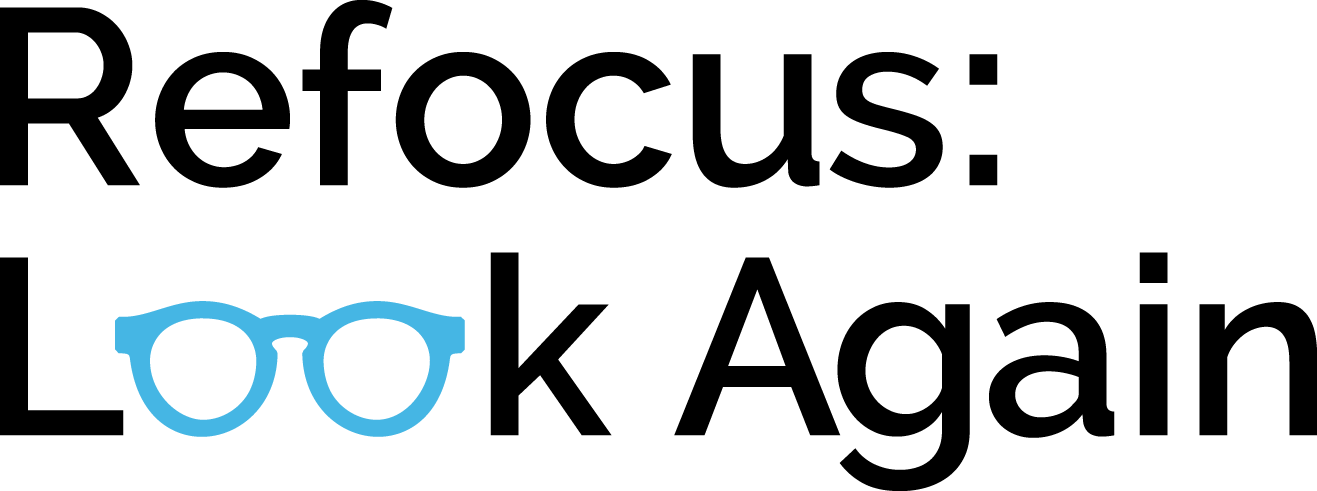By Thomas E. Arthur, Member of the Anti-Stigma Project
Increased understanding of the role stigmatizing attitudes and behaviors play in providing effective mental health and substance use services can help to decrease the disparities that currently exist for people from ethnic populations. Historically, stigmatizing attitudes and behaviors have contributed to the disparities experienced by ethnic/minority populations in the mental health and substance use systems of care. For example in the mental health arena, suicide has become an increasingly troubling issue for ethnic populations. Native Americans experience the highest suicide rates and the rate for African Americans has increased significantly. The suicide rate for Native Americans is 1.5 times that of the national average and particularly high among males between the ages of 15 and 24 years. Between 1979 and 1993, Alaskan Native males had the highest documented suicide rates in the world. Suicide rates among males in the United States are the highest for American Indians and Alaskan Natives and the lowest for African American women (Kacher et al).
As a result of the socioeconomic disparities among racial/ethnic subgroups, minority sub-groups suffer a greater prevalence of substance use than individuals in the United States, as a whole. (NIDA, 1994). Substance use issues are very prevalent within minority ethnic communities resulting from living in unhealthy environments of poverty, illiteracy, crime and over-concentration of alcohol outlets and marketing. These factors are particularly relevant in African American, Latino/Hispanic and Native American communities. As a whole, the African American community suffers a disproportionate level of alcohol problems (Caetano, 1997; Caetano and Kaskutas, 1995). Latino/Hispanic men consume more alcohol than whites and generally suffer more alcohol-related problems than whites, e.g. traffic accidents and homicides (Sutocky et.al., 1993). According to NIDA (1995), Native Americans generally have a higher prevalence of substance use for all drug categories except alcohol than Latino/Hispanics, African Americans or whites. Native Americans experience a significant co-morbidity rate among youth related to substance use and members of this group are five times more likely to die of alcohol-related causes (U.S.DHHS, 2001).
Historical stigmatizing attitudes and disparities contribute to how various ethnic groups (African American, Native American, Latino/Hispanic, and Asian) perceive health care services. The attitudes these ethnic groups have toward mental health can be a significant barrier to receiving appropriate services and supports. Reasons given for not seeking professional help include lack of time, fear of hospitalization, and fear of treatment.
Mistrust of the system and mental health providers also contribute to the hesitancy of people from ethnic groups to seek treatment. Prior experiences of discrimination, stereotyping, misdiagnosis and general poor quality care play a role in discouraging people from these ethnic groups from seeking professional help. Consequently, members of ethnic groups are more likely to seek professional mental health treatment in severe crisis situations or when legally forced to do so. This practice contributes to the high rate of utilization of more costly inpatient and emergency services. Consumers often speak of the difficulty of facing “double stigma,” meaning they are battling the stigma associated with behavioral health difficulties as well as discrimination issues based on ethnicity.
Stigma plays an important role in how different ethnic groups view the mental health or substance use arena. In some cultures, expression of distress through somatic symptoms is more readily accepted than sharing emotional issues, especially outside of the family or community system. For example, many Asian cultures do not make a distinction between the body and mind in the areas of health or mental health. Therefore expressing emotional distress in somatic fashion is customary in many Asian societies. An open display of emotional distress is often discouraged in order to maintain social and familial harmony. It is more acceptable to express distress through physical symptoms than through emotional expression. In addition, a major factor in the Asian American/Pacific Islander community is the stigma associated with mental illness. Mental illness is highly stigmatized in many Asian American/Pacific Islander cultures to the extent that in some societies, having a relative with mental illness reflects poorly on the family lineage and could affect how suitable a family member is for marriage, a job position or social organizations. This factor contributes to considerable efforts to deny or hide the existence of emotional distress within the family circle. Subsequently, members from this population often seek help from mental health professionals as a last resort, when the situation is severe or in a crisis situation. The stigma associated with mental illness can be a considerable barrier to treatment. In some cultures, behavioral health challenges are seen as “weakness”. Given the concept of “machismo” in the Latino community, expressing emotional distress is seen as a sign of weakness, especially for Latino/Hispanic males but also within some African American communities.
Cultural barriers may also be present in terms of the culture of one’s family, workplace, or community. Members of a family may have been raised to see behavioral health issues as okay for women, but not men, in spite of being part of an ethnic culture that may not have that same division. Another example is the military, which historically has had a culture in which behavioral health challenges were seen as weaknesses.
A common stigma issue involves the physical environment in which services and supports are delivered. Creating an environment that is welcoming to all, not just a small subset of the population, is an important part of identifying and remediating stigma in the behavioral healthcare system.
As with all forms of stigma, it is important for all stakeholders in the system to realize that they, too, have stigmatizing attitudes and beliefs, even those who are also “victims” of stigma.

